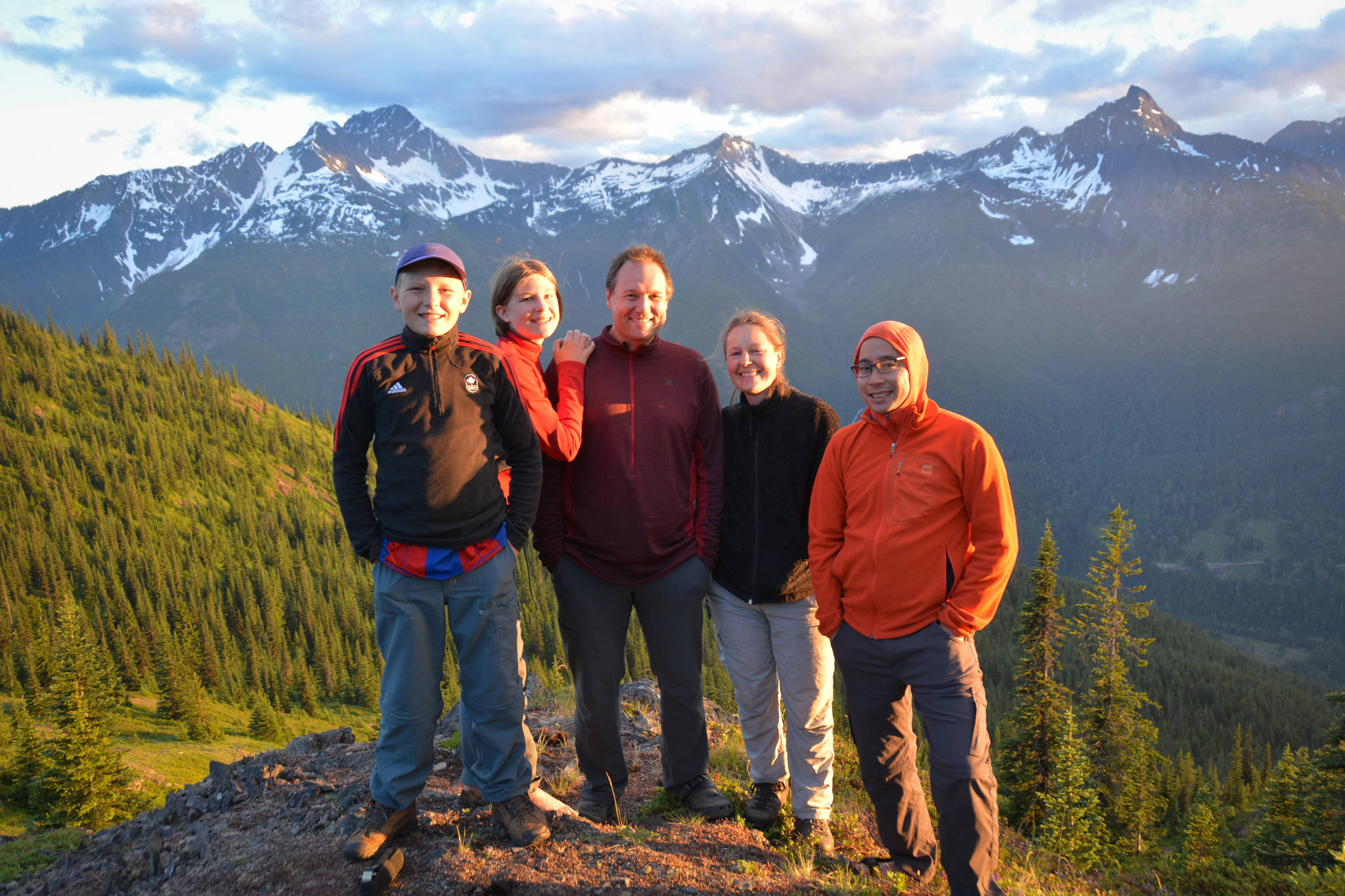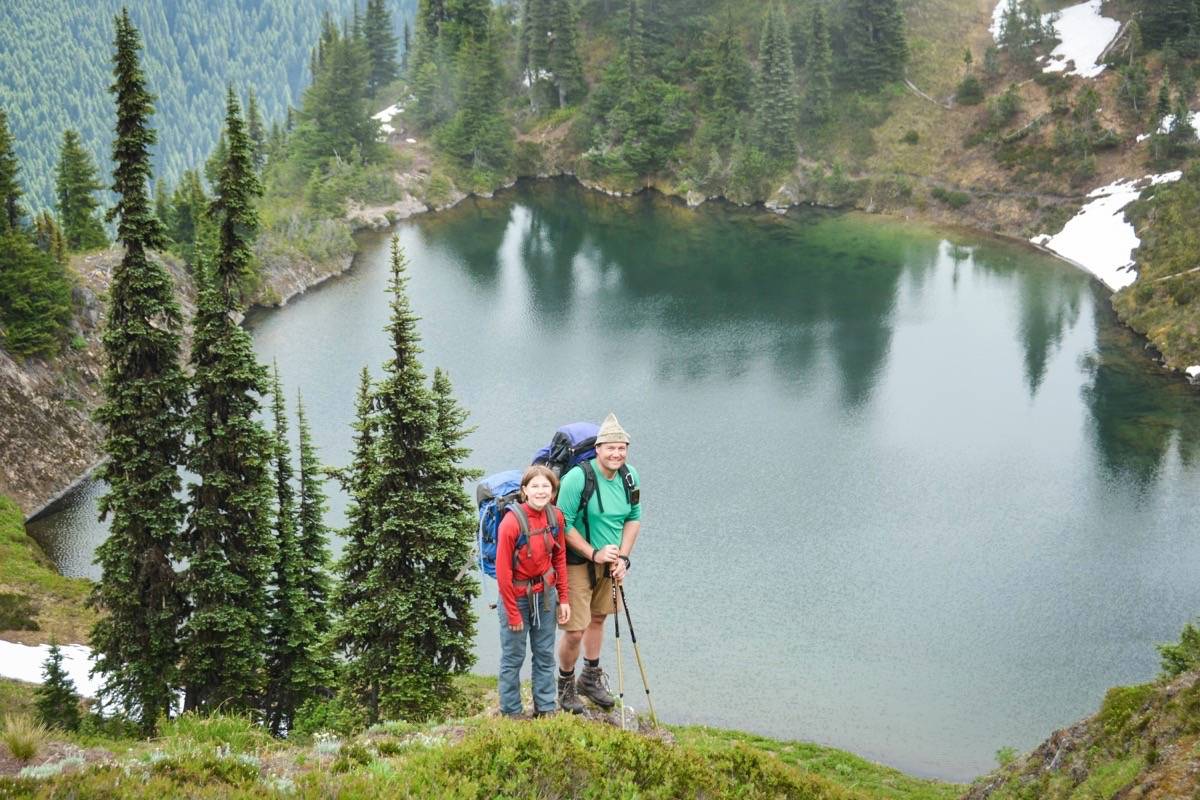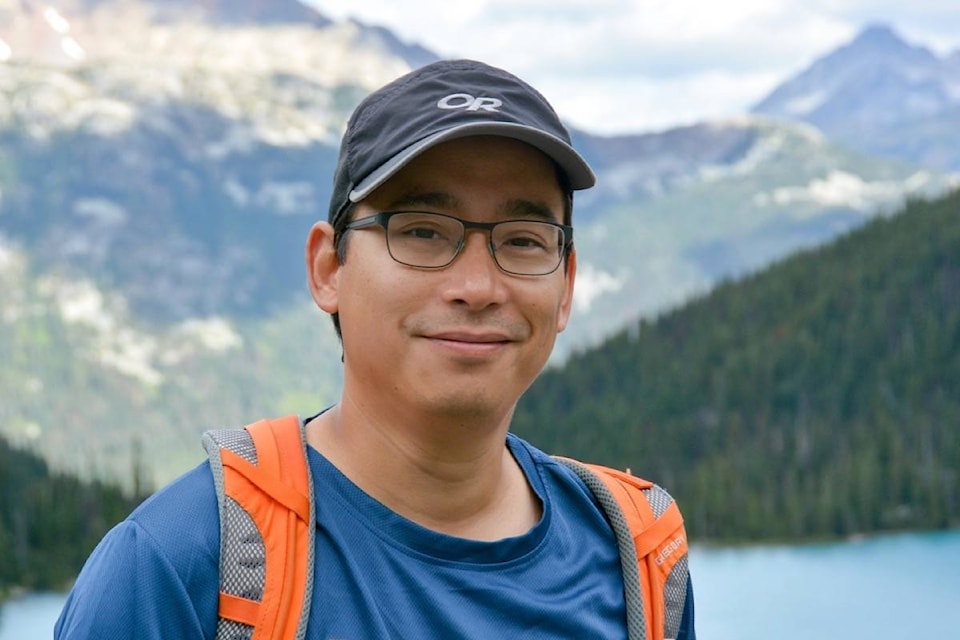For Stephen Hui, the joy of hiking is about more than physical exertion, overcoming obstacles and major-league views. The experience is sweetened by the history of the trails and areas he hikes, as well as the memories they evoke from a love affair with the great outdoors stretching back to his high school days.
Take the Tikwalus Heritage Trail for example, a challenging 13 kilometre route north of Alexandra Bridge Provincial Park in the Fraser Canyon. Used for thousands of years by the Nlaka’pamux people and, briefly, by fur traders in a disastrous first attempt to cross the Cascades, it was a trail Hui first encountered in high school.
“We did this Tikwalus Heritage Trail, which was more known as the First Brigade Trail back then, as preparation, an overnight hike. So it was my first backpacking experience and in my memory it was hell, carrying heavy bags that I didn’t know how to pack yet up this steep, burning hot mountain,” he said.
“Going back and seeing the work that the Hope Mountain Centre for Outdoor Learning, New Pathways to Gold Society and Spuzzum First Nation, the work that they’ve done on the trail is fantastic.” The interpretive content — panels describing the Indigenous, gold mining and fur trading history — really add to the experience of hiking Hui added.
Over 20 years since the painful first steps in high school, Hui’s love for hiking has morphed into book form with his 105 Hikes In and Around Southwestern British Columbia. Published in late May and on the B.C. bestseller list since then, hikes in Hope, the Fraser Canyon and Manning Park feature prominently in the guide which covers southwestern B.C. and into Vancouver Island, northern Washington and the Gulf and San Juan Islands.
An entire section of the book is dedicated to Manning Provincial Park, an area Hui first became acquainted with through scouts. Six hikes from the area are included in the book: Skagit River Trail, Windy Joe Mountain, Frosty Mountain, Lightning Lakes, Snow Camp Mountain and Three Brothers Mountain. Hui’s preferred method of visiting Manning is car camping at Lightning Lakes and heading out for day hikes from there.
Hui included the Hope Lookout Trail, Hope Mountain, Hope-Nicola Valley Trail and the Tikwalus Heritage Trail in a section on the Fraser Canyon.
Hui also includes sections of the Hudson’s Bay Company (HBC) Heritage Trail as day hikes in the guide.
As with the Tikwalus trail, the history of the 74-kilometre HBC trail from Hope to Tulameen adds another layer of enjoyment for Hui. He praised the work done by the Hope Mountain Centre and partners to maintain the trail and campsites.
“Trails like the Skagit River Trail, the HBC Heritage trail, they became colonial trade routes but long before that they were Indigenous routes as well so they have long histories,” he said. The Skagit trail, Hui added, was once used as a method for treasure seekers from the U.S. to skirt a regulation requiring them to head to Victoria before joining the Fraser River Gold Rush.
Three of the six days Hui was on the HBC trail he spent in near-solitude, with his hiking partner the only other human he saw for the last stretch to Tulameen.
For the HBC and hiking in general, solitude is increasingly uncommon as hiking sees a rise in popularity all over southwestern B.C.
“As hiking is growing in popularity and people especially are converging on the most popular destinations, the ones they see in the pretty pictures, it’s important for us all to be responsible,” said Hui, about the ethical hiking discussion he weaves into the guide.
“Every time, if you were to litter or cause some kind of damage, you have to think about a thousand other people or more doing the same thing. It’s not just you.”
Some of the rules he abides by, called leave no trace principles, are common knowledge —pack out what you pack in, use campfires sparingly and put them out completely, don’t feed the wildlife. Others, such as correctly disposing of human waste and not adding ‘personal pollution’ to the natural environment, are less obvious.
“People are going into the woods to hear the wind and the birds and nature, so on a popular trail its not uncommon to come across someone with some kind of boom box or speaker playing Taylor Swift or something,” he said of the personal pollution one might encounter. “I like Taylor Swift, but I don’t need to hear it in the backcountry.”
This also includes drones, whose buzzing and circling can put a damper on a well-deserved view of the alpine after a gruelling hike.
Hui assures he has hiked all of the 105 trails in the guide and despite the exhaustive ‘research’, he is nowhere near done enjoying the great outdoors.
“Hiking is never a chore. The writing was painful, but the hiking itself, I love doing that.”
Leave no trace principles
1. Plan ahead and prepare
2. Travel and camp on durable surfaces
3. Dispose of waste properly
4. Leave what you find
5. Minimize campfire impacts
6. Respect wildlife
7. Be considerate of others
- learn more at leavenotrace.ca
Is there more to this story?
news@hopestandard.com
Like us on Facebook and follow us on Twitter


